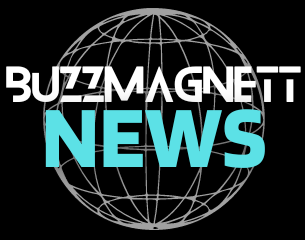
“This curious world,” Thoreau wrote, “is extra fantastic than handy,” and his phrases got here to me as I gathered my climbing boots and helmet, laxatives and Dramamine, batteries, child wipes and security wardrobe of neon orange. After almost a yr of bureaucratic tribulations, I used to be lastly going to Mona. The 2 hottest tour corporations by no means wrote me again, so I deliberate the journey with Jaime Zamora, a contract information who had been exploring the island for greater than 40 years. Nevertheless it was higher this fashion. I appreciated the purity of his ardour and his disdain for establishments. As an alternative of an internet site or brochure, he directed me to a personal Fb group the place he maintained a meticulous archive of outdated maps, information clippings and private images of artifacts he discovered on the island: a creamy conch shell with a gap drilled by it, the decorative handles of a damaged urn.
In December, the celebrities all of a sudden aligned: Our permits have been authorized, the seas calmed and we pulled a group collectively. I crossed Midtown with money in my coat to wire to a ship captain named Mikey. My associates Ramón and Javier got here by; so did my good friend Elisa. Our photographer, Chris, would carry his accomplice, Andrea. Jaime recruited some outdated comrades: Chito, Manuel and Charlito, the prepare dinner. The ecologist Hector Quintero, often known as Quique, signed on and urged we’d invite Tony Nieves, who had lately retired from 33 years as Mona Island’s director. Lastly, Jaime texted to say the moon can be full for our go to: “In a single week,” he promised, “your magic will start to shine.”
The boats arrived on the pier in Joyuda, on the western shore of Puerto Rico, close to daybreak. We have been relieved to find that the ocean was quiet: “plancha’o,” the captain stated, like an ironed sheet, solely this gracious a couple of times a yr. He warned me to not get the flawed impression: “Mona no es así.” Nonetheless, I might really feel it after we crossed into the Mona Passage correct, the place the waters of the Atlantic and the Caribbean come collectively in a cauldron of treacherous crosscurrents. The prow started to leap throughout the waves, in order that we needed to brace laborious towards the railing to maintain our tailbones from bruising. I noticed I had by no means been this near the water for this lengthy — I all the time approached Puerto Rico from above — and I attempted to think about the primary individuals who got here this fashion, rowing with no land in sight, looking the sky for congregations of clouds, the signal of inexperienced issues respiratory.
Over the past a number of years, I’d been unlearning the usual narrative about precolonial historical past. In Puerto Rico, the Division of Training nonetheless promotes the drained narrative that the individuals who greeted Columbus have been easy and docile, with a rudimentary tradition. However Reniel Rodríguez, an archaeologist, advised me that the latest analysis could be very clear: The migrants who left Central America and the Amazon basin to populate our archipelago have been nice mariners, just like the Polynesians, navigating by stars and currents and wind patterns. Over generations of migration, they shaped multiethnic polities and maintained huge commerce networks: jade from Guatemala, gold and copper alloys from Colombia, jaguar’s tooth from continental jungles. None of those supplies arrived accidentally. As we bumped alongside, I questioned what it was prefer to carry, say, a passel of guinea pigs from Colombia to Puerto Rico within the backside of a large canoe.










